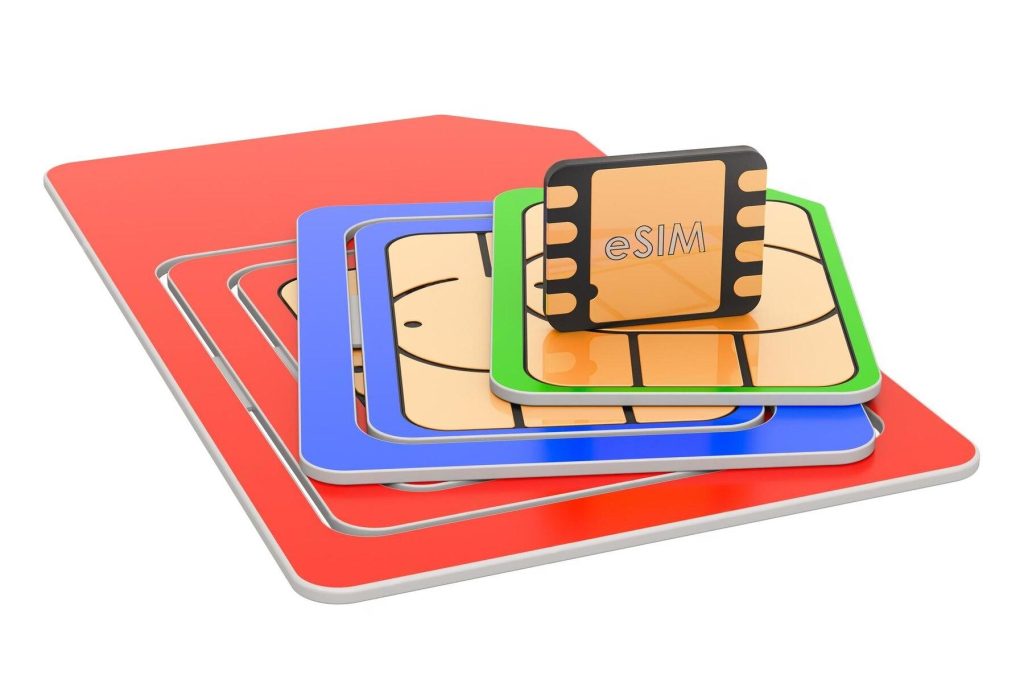In today's world, connectivity means mobility. As society advances, the way we connect and interact with our mobile devices is also transforming. The latest innovation in this area is eSIM, a technology that promises to revolutionize the experience of using mobile devices. But what exactly is an eSIM and how does it differ from a traditional SIM? This article explores these questions and answers other common user questions.
What is eSIM?
eSIM, or “Embedded Subscriber Identity Module”, is a virtual version of the traditional SIM card. Instead of a physical card, the eSIM is a chip soldered directly into the device's hardware, allowing users to choose a service provider and plans digitally.
What is a Traditional SIM?
The traditional SIM is a removable physical card that contains subscriber information and is required to authenticate and connect the device to the cellular network.
How to Activate and Use eSIM?
To activate an eSIM, users typically scan a QR code provided by the carrier, downloading the required profile for the device. It is possible to add multiple eSIM plans to a single device, making it easy to switch between numbers or operators without changing physical cards.
Advantages of eSIM over Traditional SIM:
- Convenience: Eliminates the need to physically change SIM cards when changing operators or when you want to use multiple numbers.
- Design: It allows manufacturers to create lighter and stronger devices as there is no need for space for a SIM slot.
- Flexibility and Operator Selection: Allows users to change operator or data plan directly from the device.
- International trip: Makes it easy to switch to local carriers without having to get a new SIM card.
- Multiple Lines: Ability to manage multiple lines and numbers on a single device.
Potential Disadvantages and Limitations of eSIM:
- Compatibility and Availability: Not all devices or carriers currently support eSIM.
- Device Replacement: Transferring an eSIM from one device to another can be more complex than simply swapping a physical SIM card.
- Privacy and Security: While eSIMs are secure, there are considerations around protecting personal data when profiles are transferred or managed digitally.
User FAQs about eSIM:
- Can I use the eSIM on any device? No, only on devices compatible with eSIM technology.
- Does switching to eSIM cancel my contract with my current provider? It depends on the provider's policy. It is advisable to check the terms before making the switch.
- Is the eSIM secure? Yes, the eSIM offers the same level of security as the traditional SIM and adds layers of security through encryption and software protection.
- Can I have an eSIM and a traditional SIM on the same device? Some devices allow the simultaneous use of an eSIM and a traditional SIM, providing even more flexibility.

Conclusion
eSIM is a promising technology that offers many advantages to users and device manufacturers. With evolving telecommunications standards and growing carrier support, eSIM has the potential to become the new norm for mobile connectivity. As eSIM adoption grows, consumers will enjoy greater freedom of choice and convenience, paving the way for a new era of connected devices and user experiences.
As more devices adopt this technology, it is important for users to stay informed about the options available and consider the implications of switching to eSIM in relation to their individual connectivity needs.
